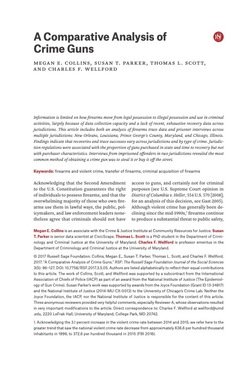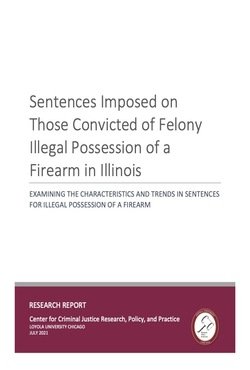By Giffords Law Center
The United States accounts for just 4% of the global population but a startling 25% of the world’s prisoners. The mass incarceration crisis that is bloating our nation’s prisons disproportionately affects Black and Brown Americans, tearing apart families and communities—often because of crimes that didn’t involve violence. Data has shown that this “tough on crime” mentality doesn’t actually reduce crime or enhance public safety. While the public is increasingly aware of the harmful impact of failed policies like the war on drugs, a lesser-known yet still significant driver of mass incarceration is the criminal legal system’s response to nonviolent illegal gun possession. Tens of thousands of Americans are arrested and incarcerated each year on nonviolent weapon possession charges. Given that the majority of violent crime in any city is driven by a very small percentage of individuals, we can improve public safety and reduce mass incarceration by rethinking our approach to nonviolent gun possession. This report explores prosecutor-led diversion programs and makes the case for expanding this promising alternative to incarceration.
Washington, DC: Giffords Law Center, 2021. 3 p,





















